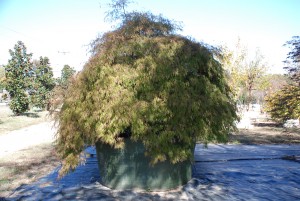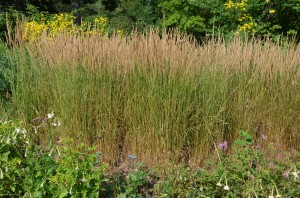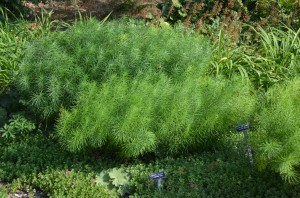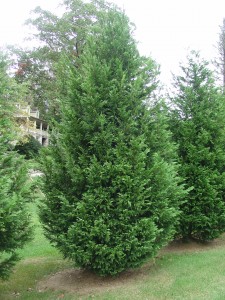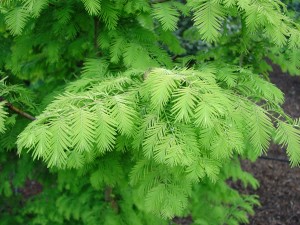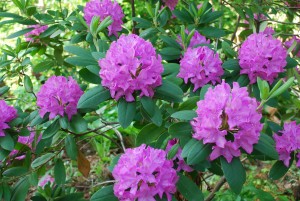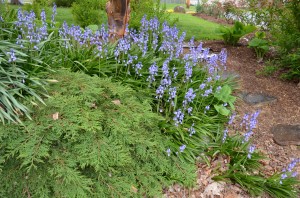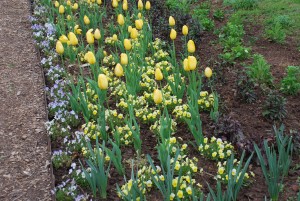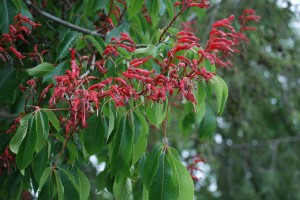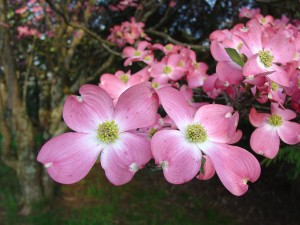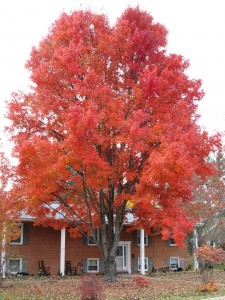Perhaps tree lovers can’t plant wonderful trees such as shagbark hickory (Carya ovata), American beech (Fagus grandifolia), or white oak (Quercus alba). They can purchase property with the tree(s) growing on them. Most nurseries do not grow these difficult species or guarantee their success after planting. But, all is not lost!
Modern nurseries, backed by university research, have debunked many tree planting myths. For example, the recommended size and shape of a planting hole has changed. Digging a wide shallow hole is better than a narrow deep one.
Perhaps an old 100 year old Japanese maple may require a new home. There are specialty nurseries which are able to transport old mature trees hundreds of miles. We know more about how trees grow and the best time to lift and transplant one to a new hole several hundred miles away.
Some difficult to transplant trees can be moved during a narrow window of 4 to 6 weeks commencing in mid-winter. Digging is performed by a knowledgeable certified arborist and a specialty nursery with the proper equipment. These tree experts are listed on the International Society of Arboriculture (ISA) website: www.treesaregood.org
Some tree species are reputed to being difficult to move. Blackgum or tupelo (Nyssa sylvatica) is one such tree. Perhaps, this was true 50 to 100 years ago, but better cultivars have come along. Cultivars ‘Wildfire’ and ‘Red Rage are improved blackgum selections.

